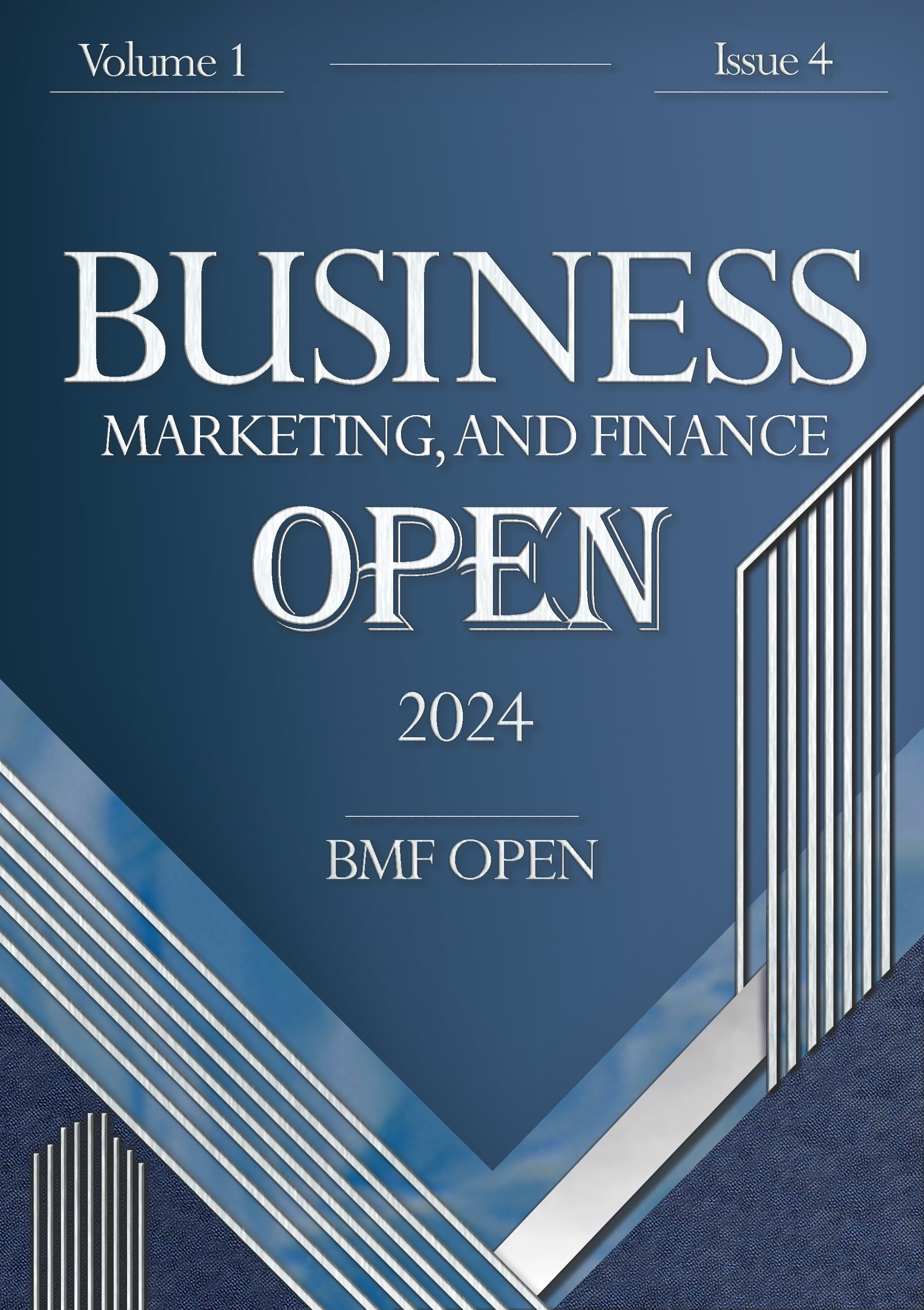Asymmetric Exchange Rate Pass-Through Effects on Prices in the Persian Gulf Countries (NARDL Approach)
Keywords:
exchange rate pass-through, prices, NARDL approach, Persian Gulf Cooperation Council countriesAbstract
For decades, the exchange rate has held strategic significance in both microeconomic and macroeconomic dimensions of national economies. Exchange rate fluctuations have become a principal determinant in shaping the behavior of markets, governments, households, and firms, continuously directing macroeconomic variables—including inflation, liquidity, production, exports, imports, consumption, investment, aggregate demand, and aggregate supply—toward the formation of new equilibriums. These recurrent transitions toward new equilibriums, in turn, serve as a destabilizing force in the economy. The aim of this study is to conduct a comparative analysis of exchange rate pass-through effects on prices in the Persian Gulf Countries (including Iran, Iraq, Saudi Arabia, the United Arab Emirates, Bahrain, Kuwait, Qatar, and Oman) over the period from 1990 to 2022. Accordingly, to perform a cross-country comparative analysis, the study employs the nonlinear autoregressive distributed lag (NARDL) model. The findings indicate that a positive exchange rate shock (exchange rate appreciation) leads to an increase in prices, while a negative exchange rate shock (exchange rate depreciation) results in a decrease in prices across the Persian Gulf countries, both in the short run and the long run. Therefore, a direct and statistically significant relationship exists between exchange rate shocks and price levels in the the Persian Gulf countries in both time horizons. Furthermore, variables such as the import price index, money supply, and global oil prices exhibit a positive and significant impact on price levels in the the Persian Gulf region in both the short term and long term.
References
A. Ezati Shorgali and H. Khodavisi, "An Estimation of the Degree of Exchange Rate Pass-Through to Domestic Prices in the Iranian Economy: An Application of Variable Parameter Models.," Quarterly Journal of Economic Research (Growth and Sustainable Development), vol. 21, no. 1, pp. 21-69, 2021.
M. A. Nasir, T. L. D. Huynh, and X. V. Vo, "Exchange rate pass-through &management of inflation expectation in a small open inflation targetingeconomy," International Review of Economics & Finance, 2020, doi: 10.1016/j.iref.2020.04.010.
M. Karagoz, B. Demirel, and E. G. Bozdag, "Pass-through Effect from Exchange Rates to the Prices in the Framework of Inflation Targeting Policy: A Comparison of Asia- Pacific, South American and Turkish Economies," Procedia Economics and Finance, vol. 38, pp. 438-445, 2016, doi: 10.1016/S2212-5671(16)30215-5.
P. C. Lin and C. S. Wu, "Exchange rate pass-through in deflation: The case of Taiwan," International Review of Economics and Finance, vol. 22, pp. 101-111, 2012, doi: 10.1016/j.iref.2011.10.010.
G. BaŞ and M. Kara, "Exchange Rate Pass-Through on the Domestic Prices: Evidence from the Turkish Economy," Exchange, vol. 8, no. 2, pp. 115-125, 2020.
V. A. Pham, "Exchange rate pass-through into inflation in Vietnam: evidence from VAR model," Journal of Economics and Development, vol. 21, no. 2, pp. 144-155, 2019, doi: 10.1108/JED-07-2019-0013.
O. Y. Çulha, O. Eren, and F. O¨günç, "Import demand function for Turkey," Central Bank Review, vol. 19, pp. 9-19, 2019, doi: 10.1016/j.cbrev.2019.03.001.
M. W. I. Askar, F. m. Laftah, and H. b. Habib, "Investigating the Relationship Between Exchange Rate and Stock Price (Case Study: Iran)," Muthanna Journal of Administrative and Economics Sciences, vol. 12, no. 1, 2022, doi: 10.52113/6/2022-12-1/215-226.
J. Ha, M. Stocke, and H. Yilmazkuday, "Inflation and exchange rate passthrough," journal of International Money and Finance, vol. 105, 2020, doi: 10.1016/j.jimonfin.2020.102187.
N. Muhammad and A. Rasheed, "Stock Prices and Exchange Rates: Are They Related? Evidence From South Asian Countries," The Pakistan Development Review, pp. 535-550, 2022, doi: 10.30541/v41i4iipp.535-550.
M. Mohamadi, "Exchange rate pass-through to price indices in Iran," JANUS.NET, e-journal of International Relationse-ISSN: 1647-7251, vol. 12, no. 1, pp. 141-157, 2021, doi: 10.26619/1647-7251.12.1.8.
Y. Eisa-Zadeh Roshan, "Exchange Rate Pass-Through: A Case Study of the Iranian Economy.," Quarterly Journal of Strategic and Macro Policies, vol. 3, no. 10, pp. 89-106, 2015.
Y. Abtahi, "Analysis of Exchange Rate Pass-Through and Inflationary Dynamics in the Iranian Economy: A Regime-Switching Approach.," Scientific-Research Journal of Economic Policy, vol. 9, no. 18, pp. 21-40, 2017, doi: 10.29252/jep.9.18.21.
M. Balcilar, D. Roubaud, O. Usman, and M. Wohar, "Testing the asymmetric effects of exchange rate pass-through in BRICS countries: Does the state of the economy matter?," World Econ, 2020, doi: 10.1111/twec.12990.
A. H. A. Rady, F. Essam, H. Yahia, and M. Shalaby, "The Dynamic Relationship Between Exchange Rate Volatility and Stock Prices in the Egyptian Real Estate Market and the Moderating Effect of Interest Rates," European Journal of Business Management and Research, vol. 9, no. 5, pp. 31-44, 2024, doi: 10.24018/ejbmr.2024.9.5.2230.
A. Ezati Shorgali and H. Khodavisi, "Exchange Rate Pass-Through to Consumer Prices in Countries with Medium and High Per Capita Income.," Biannual Journal of Economic Studies and Policies, vol. 6, no. 2, pp. 207-230, 2019.
Downloads
Published
Submitted
Revised
Accepted
Issue
Section
License
Copyright (c) 2024 Business, Marketing, and Finance Open

This work is licensed under a Creative Commons Attribution-NonCommercial 4.0 International License.







